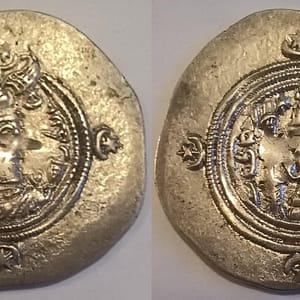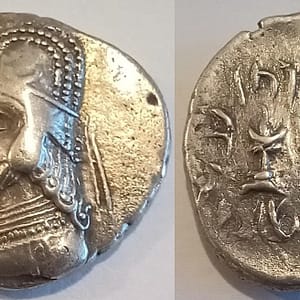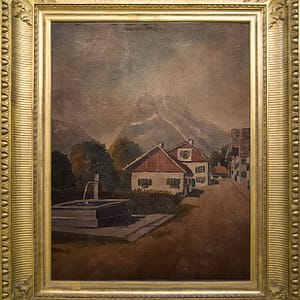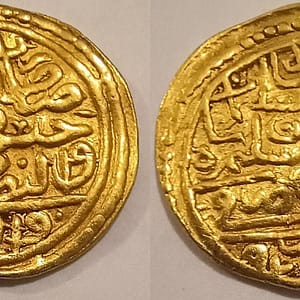Description
Gold Fraction of a Dinar, Muslim Spain ( Al-Andalus )
Hisham II, with Amer عامر
1.4 g gold
1.36 mm
Free worldwide shipping
Hisham II, also known as Al-Hakam II, was an Umayyad caliph who ruled Al-Andalus (Muslim Spain) from 976 to 1009 AD and again from 1010 to 1013 AD. His reign is marked by both significant cultural and political events that impacted the region profoundly.
Early Life and Ascension
Hisham II was born in 965 AD , the son of Al-Hakam II, who was also a prominent caliph of Córdoba. When his father died in 976, Hisham, only 11 years old at the time, ascended to the throne. Given his young age, real power was initially wielded by his regent, Al-Mansur Ibn Abi Aamir (also known as Almanzor), a powerful and ambitious general and statesman.
Regency of Almanzor
Almanzor’s regency defined the early part of Hisham II’s reign. He effectively sidelined the young caliph and consolidated his own power, making crucial military and political decisions. Almanzor led numerous military campaigns against the Christian kingdoms in the north, expanding and defending the boundaries of Al-Andalus. He also undertook substantial urban and architectural projects, including the extension of the Great Mosque of Córdoba.
Decline and Initial Abdication
After Almanzor’s death in 1002, his sons tried to maintain control, but the stability he had brought to the caliphate began to unravel. Hisham II, having been a figurehead for most of his reign, struggled to assert his authority. In 1009, he was forced to abdicate in favor of Muhammad II al-Mahdi amid a series of internal rebellions and external pressures.
Brief Restoration and Final Downfall
In 1010, Hisham II was briefly restored to power with the help of the Berbers, who were instrumental in the factional conflicts of the time. However, his second reign was short-lived and marred by continued strife. By 1013, he was overthrown again, and the caliphate quickly descended into further chaos, leading to the fragmentation of Al-Andalus into smaller taifas (independent Muslim principalities).
Cultural Contributions and Legacy
Despite the political instability of his reign, the period of Hisham II is noted for its cultural flourishes. The caliphate of Córdoba under his rule (and particularly under Almanzor’s regency) was a center of learning and culture. Scholars, poets, and scientists from various parts of the Muslim world and beyond gathered in Córdoba, contributing to its reputation as a beacon of knowledge and civilization in medieval Europe.
Hisham II’s reign reflects the complexities of leadership in a period marked by both immense cultural achievements and severe political challenges. His legacy is intertwined with the fortunes of Almanzor, whose regency dominated Hisham’s early reign, and with the eventual fragmentation of the Umayyad Caliphate in Al-Andalus.
Hisham II’s life and reign are emblematic of the broader historical dynamics in medieval Spain, illustrating the interplay between cultural prosperity and political turbulence.





